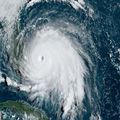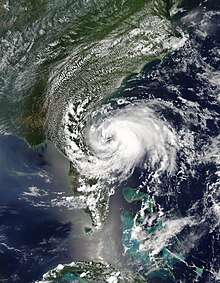#10555 Postby northjaxpro » Thu Feb 04, 2016 1:25 pm
Although it is common to generally need to have a -NAO to bring real cold air to Florida in the winter, certainly we can at times get very cold air to infiltrate the state with a +PNA/-AO set-up , which is what we currently have in place. This set-up can bring down reinforcing shots of arctic air deep into the Southeastern United States, given the strong ridging currently in place across the Rockies , U.S. West Coast, northward all the way into Western Canada. A negative NAO is very important to lock cold air in place across Eastern North America, with blocking over Greenland and drive it straight down south down through Eastern CONUS and into the spine of Florida. This is when we get severe freezes in Florida, ala December 1983, December 1989, and the 2009-10 winter season, which featured a strong El Nino as well.
However, a strong +PNA brings arctic air from the polar regions and from the Northwestern Canadian provinces down the polar jet on a strong northwesterly flow right down south and east across the Eastern CONUS and into the Deep South. +PNA/-AO most definitely can bring hard freezes across North Florida and cold to Florida in general. However, the arctic air with this teleconnections set-up is often transient, as the lack of a -NAO does not allow the arctic cold to stay locked in place for a duration of time, thus making a +PNA difficult to bring freezes deep down into the Florida peninsula. This is not to say it is not possible under a +PNA/-AO set up to see freezes south of the I-4 corridor, but more difficult to achieve. This is especially true this season given our very strong, active El Nino.
Last edited by
northjaxpro on Thu Feb 04, 2016 1:35 pm, edited 1 time in total.
0 likes
NEVER, EVER SAY NEVER in the tropics and weather in general, and most importantly, with life itself!!
________________________________________________________________________________________
Fay 2008 Beryl 2012 Debby 2012 Colin 2016 Hermine 2016 Julia 2016 Matthew 2016 Irma 2017 Dorian 2019


















